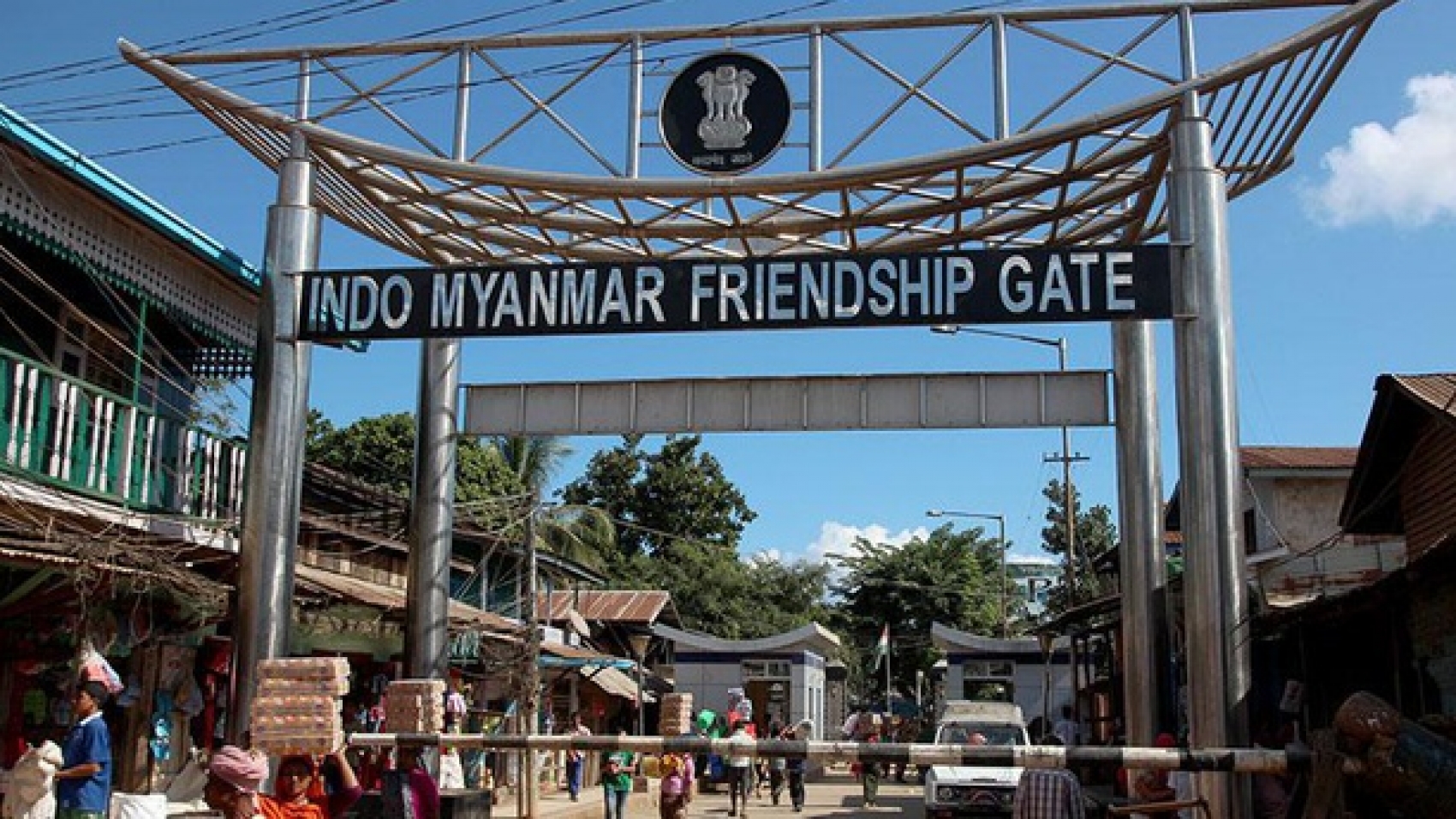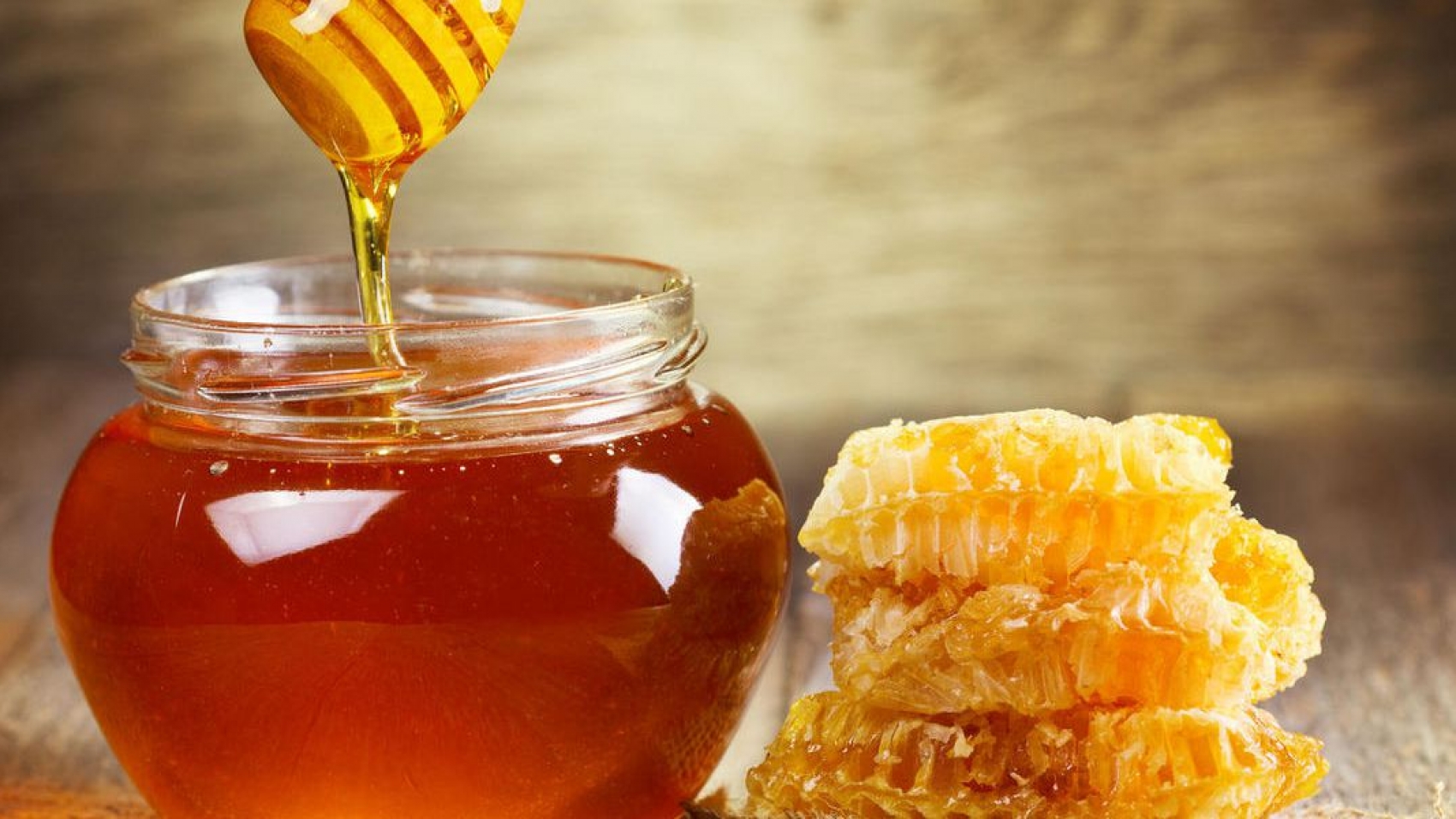Kalay-Tamu border between Myanmar and India has not lifted its restriction yet amid the coronavirus impacts, said Chairperson U Hla Maung of Kalay-Tamu Border Chamber of Commerce. The cross-border trade between Myanmar and India has stopped since 10 March 2020. The Tamu border trade was supposed to resume in January, and however, in fact, it is still not back to normal due to the travel difficulties caused by the pandemic. The reopening of the border post would depend on the spread of the virus, and border crossing will be allowed in line with health guidelines.
Myanmar conducts border trade with neighbouring India through Tamu, Reed, and Htantlang land border crossings. Border trade via Tamu is estimated at US$60 million per year. India closed the border checkpoints in Mizoram and Manipur on account of COVID-19, and traders were reeling under the outbreak’s negative impact. Now, the exports through Reed border dramatically soared despite the slump in Tamu border trade. Between 1 October and 22 January in the current financial year, trade values were registered at over $19.44 million at Tamu post and $73.897 million at Reed.
There was no trade recorded at the Htantlang border. According to data, over the past three and half months since October, the India-Myanmar trade jumped to $93.337 million from $44.98 million recorded in the year-ago period on account of a strong export figure at Reed post released by the Ministry of Commerce. Myanmar exports mung beans, pigeon peas, green grams, areca nuts, ginger, saffron, turmeric, bay leaves, fishery products, fruits, and vegetables to India. At the same time, it imports pharmaceuticals, oil cakes, electronic appliances, motorbikes, steel and other construction machines and building materials from the neighbouring country.
Source: The Global New Light of Myanmar


